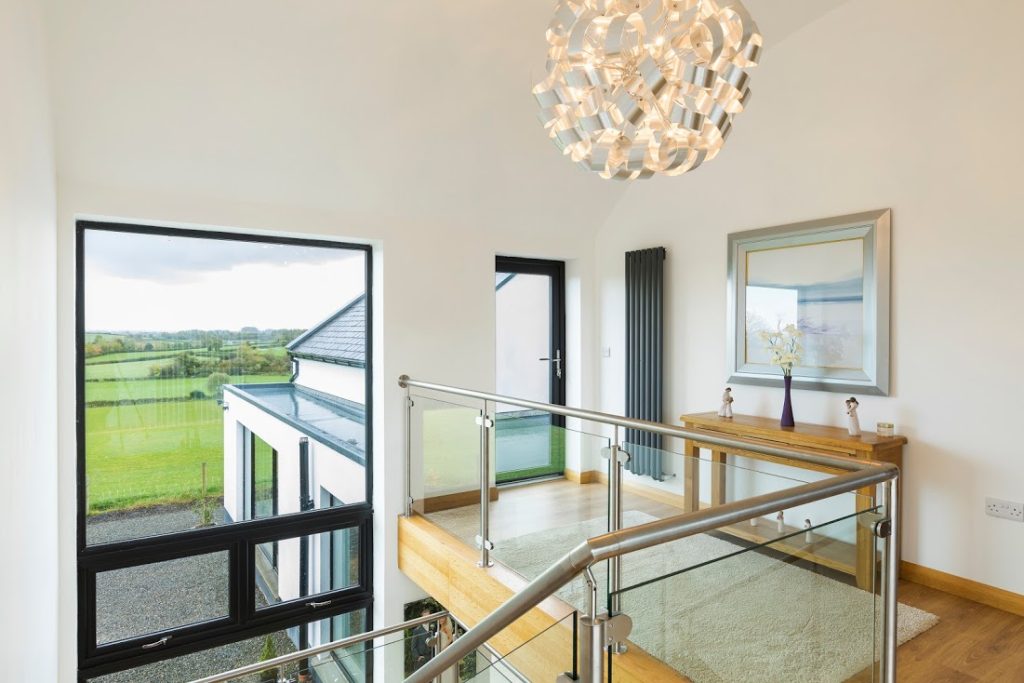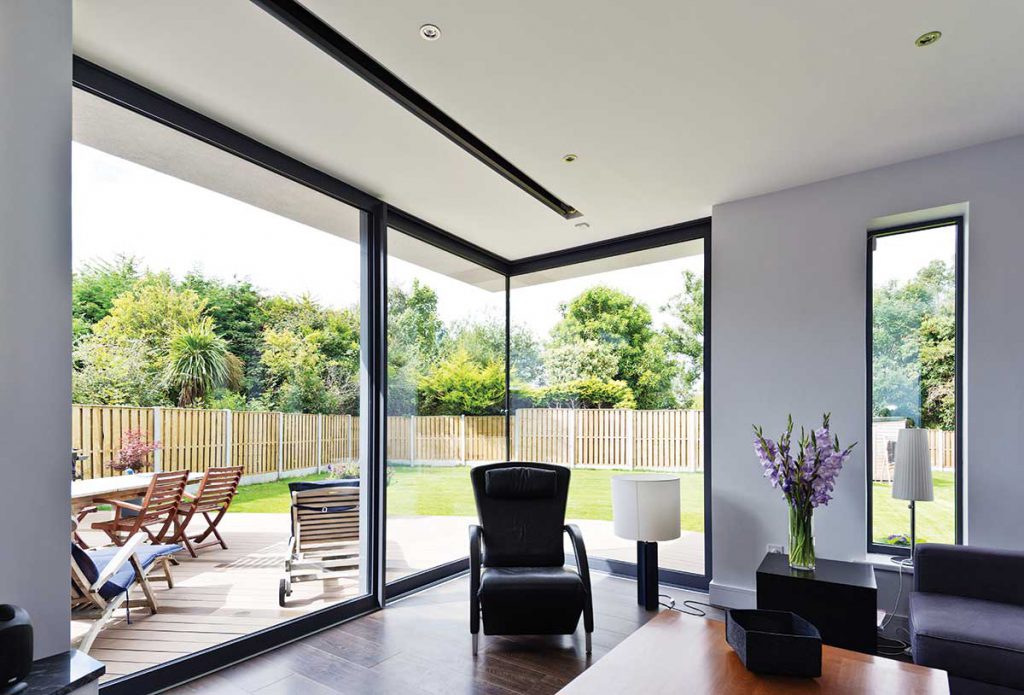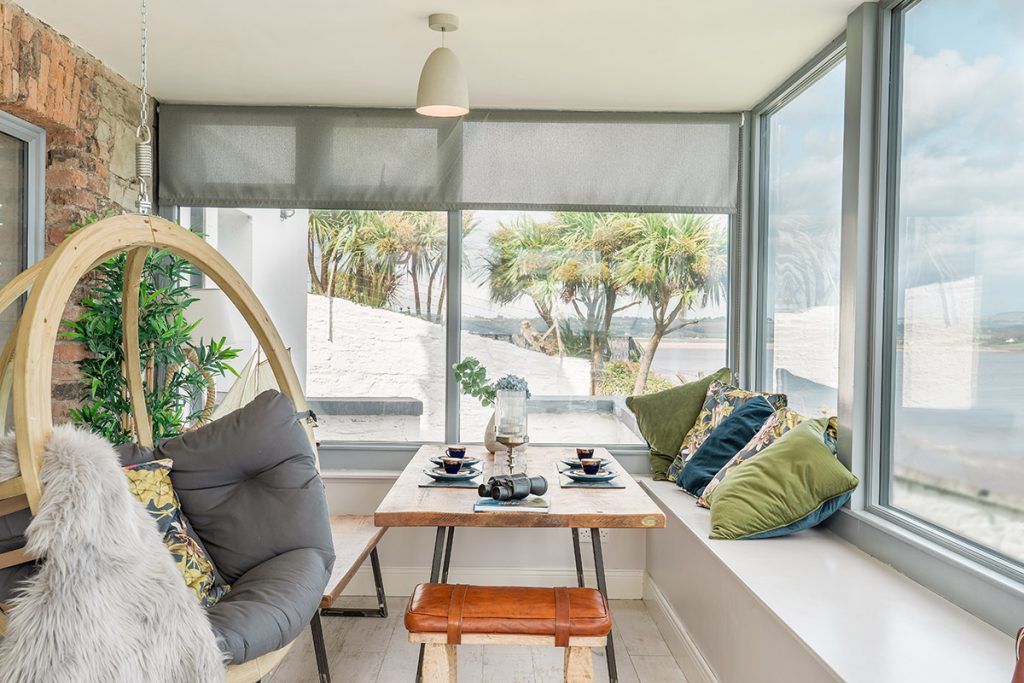1. Understanding Window Frame Importance
The architectural appeal of a house can be significantly enhanced or dampened by the type of window frames chosen. In essence, the frame should align with the overall style of your house. Furthermore, the functionality and longevity of a window are equally influenced by its frame. Good detailing and sealing play a pivotal role in this.
2. Opening Mechanisms: Inwards or Outwards?
Deciding whether your windows should open inwards or outwards is vital. Essentially, this choice will dictate if the seal is integrated into the opening section or if the opening section shuts against the seal. Rainwater penetration around the window edges is another critical concern. An in-depth examination of a real sample is paramount as diagrams may not provide a comprehensive understanding.
3. The Material Factor
The expansion and contraction of materials based on atmospheric conditions can affect window frame performance. Ensuring almost zero air leakage demands impeccable detailing.

4. Window Parts: What Comprises a Window?
- Head and Sill: These are the top and bottom horizontal frames. Notably, the sill has a groove that diverts water away from the wall.
- Jambs: Side vertical frames.
- Sashes: Hinged opening parts.
- Lights: Non-moving openings.
- Mullions & Transoms: Vertical frames between sashes and horizontal frames between jambs.
- Glazing Bars: Thin framing segments subdividing the glass areas, like in Georgian windows.
- Furniture: This encompasses hinges, handles, stays, latches, and more that aid window functionality.
- Vents: Small engineered openings in the framework facilitating room ventilation, especially during adverse weather.
5. Diving into Frame Types and Costs
- uPVC: Highly thermally efficient, durable, and cost-effective, ranging from €250-300/£250 per sqm.
- Timber: Varies across types, with hardwood units costing more than €1,000/£900 per sqm, while softwood ones hover around €600-700/£650 per sqm. Maintenance costs should be considered.
- Aluclad: Combining the aesthetics of timber with the benefits of aluminium or uPVC, it’s priced between €500-700/£450-600 per sqm.
- Aluminium: Offers architectural clean lines and expansive glazed sections, generally costing upwards of €750/£700 per sqm.
- Frameless: A novel concept with an all-glass appearance, these are premium-priced.

6. Weighing the Pros and Cons of Frame Types
- uPVC: Economical, with the higher-end versions mimicking wooden aesthetics. However, large spans like sliding doors might be challenging.
- Aluminium: Previously popular, they had issues like condensation. They’re resilient, maintenance-free, and eliminate condensation problems.
- Timber: Strong, adaptable to paints or stains, they last long but require regular upkeep. Sustainable sourcing is vital.
- Composite Frames: If opting for a blend like aluminium exterior and timber interior, ensure specification clarity.
7. Choosing the Right Frame Colour
Factory-painted frames are preferable since they arrive sealed, preventing moisture absorption. The RAL colour palette offers a spectrum of choices, with 12 standard hues and 1,001 custom options. Extra costs might apply for non-standard colours.
Colour visualization tools can help homeowners preview different options on their house, ensuring they make the right choice, especially for permanent colours like in aluclad or uPVC frames.
Conclusion
Choosing the perfect window frame for your home doesn’t just involve aesthetics but also functionality, longevity, and cost considerations. Taking the time to research and understand each aspect ensures that your windows will not only enhance the beauty of your home but also provide the desired comfort and durability.





